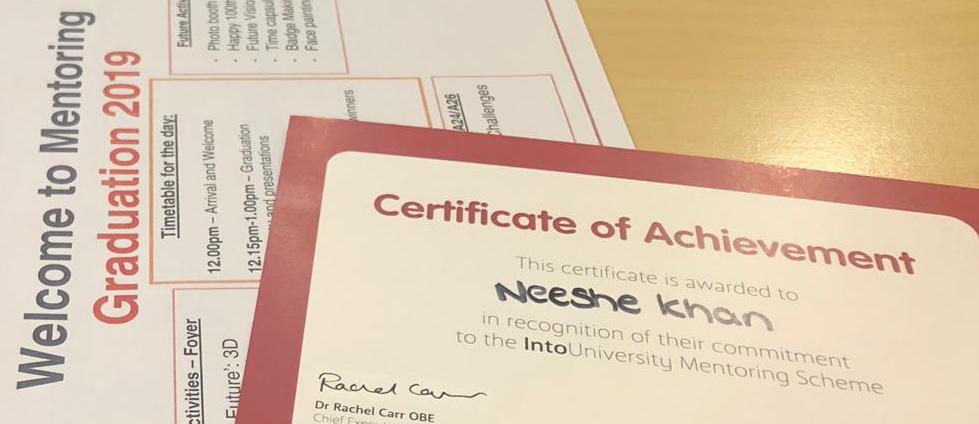post by Laurence Cliffe (2017 cohort)
The Audio Mostly 2019 conference provided me with a relevant and convenient platform through which I could present an outline of my PhD research activity to date. Convenient, and also economical, as this year it was hosted by the University of Nottingham’s Department of Music, but also highly relevant, as many papers from this particular conference’s previous proceedings have presented themselves as being important points of reference though my PhD work to date. Having followed particular research projects of specific relevance to my PhD, Audio Mostly not only presents itself as an appropriate platform for the publication of my work, but also as springboard for other publishing possibilities. This is made evident by many projects being initially presented at Audio Mostly, and then having additional work included within them and then being published and presented as journal articles or at other conferences as the projects progress and evolve.
The published paper presented a synopsis of what I considered as the most pertinent points of my research so far. Rather than presenting specific research data from the results of studies, the paper presented the results of my practical lab-based activities in the development of a working technical prototype, and outlined my methodology and approach, and two proposed study environments, the latter being the subject of currently ongoing and future plans for the development of the project.
All of my supervision team had input on the paper, from proofreading to practical advice and providing some written introductory content. Another academic, involved in one of the proposed studies, also provided some written content specifically relating to the introduction of this specific part of the project. I wrote an initial draft and then sent it to the relevant parties with a specific request on how I thought they may be able to contribute and help with its authorship.
One comment from a particular reviewer proved very useful and centered around the use and definition of a specific acronym. This prompted me to investigate the issue further and, as such, has enabled me to focus my research to a much greater extent and to communicate more effectively the subject of my research to others. It has also provided a much clearer definition of the place of my research within its specific sphere of study.
As well as presenting the paper, I also had the opportunity to demonstrate my technical prototype at the conference. Having been scheduled to present my paper before my demo gave me the perfect opportunity to engage with people whilst demonstrating, answering questions, and continuing discussions as a result of my presentation, and also answering some of these questions practically via the technical demonstration. Generally, the feedback was complimentary and demonstrated an interest in my work, especially in relation to its study through practical application.
Authors whose papers were successfully accepted to the conference have since been invited to contribute to a special edition journal on audio interactivity and to build on the papers initially presented. This seems like a logical next step, as I have since completed some of the proposed studies, and therefore can include the findings and conclusions from these studies in the paper, with a view to formulating a journal article, and providing me with an opportunity to publish the subsequent stage of my PhD research.
On reflection, there are two particular challenges that sprint to mind as a result of this publication and presentation process. The first was the practical task of synthesising a 7000-word paper into a 20-minute presentation. What content to include? What content to leave for discussion? How much detail do I need to include on specific points to get the points across? These were all questions I was asking myself. Another challenge was the problem of presenting ‘live’ research. By the time I actually presented, my research had moved on. I’d changed some of the technology within the prototype and another study opportunity had presented itself which I hadn’t included in my future work section. This led to a bit of back peddling during the presentation, but I did have the opportunity to discuss these points with individuals during my demonstration.
Originally posted on Laurence’s blog.






